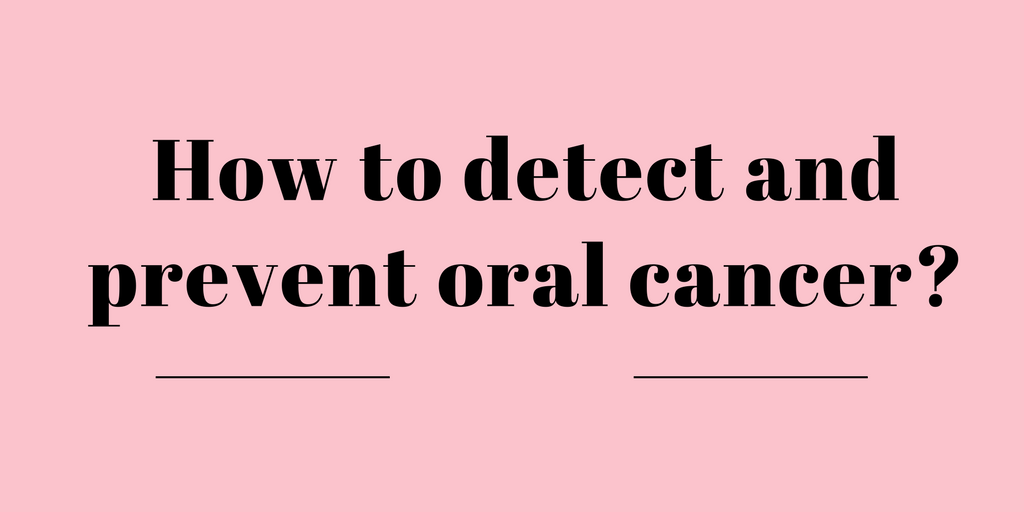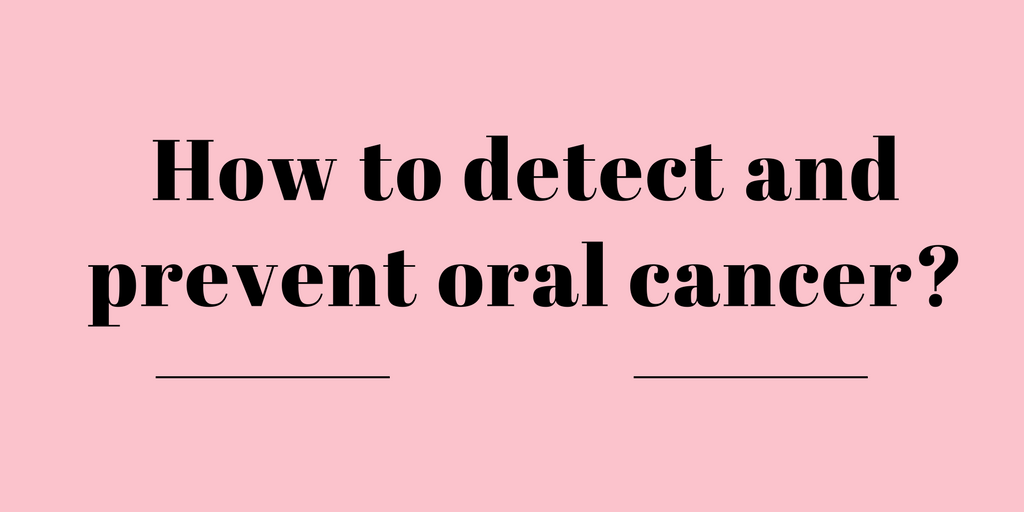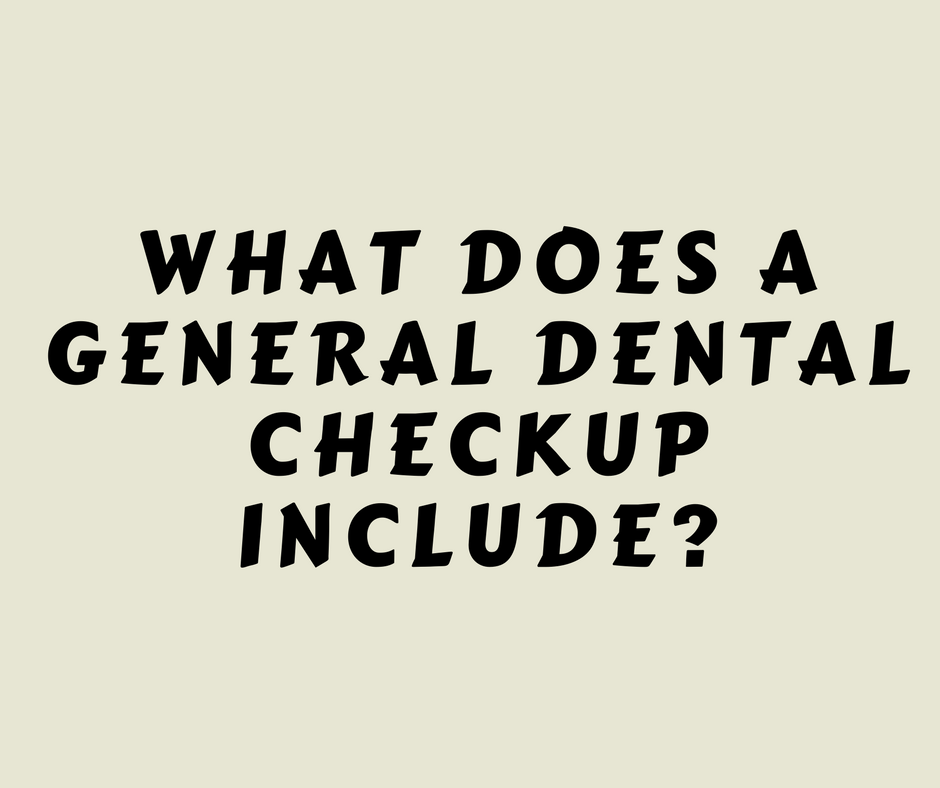
How to detect and prevent oral cancer?

Any cancer seen in the mouth is known as oral cancer. It is caused due to the uncontrolled growth of cancer cells. Mouth cancer is usually seen as a red or white patch in the tongue, lips, palate or mucosa of the mouth. The cancer cells, if not checked at the initial stages invades to the surrounding tissues or organs and can cause damage to them.
Signs and symptoms of oral cancer-
- Starts as a white or red colored lesion in the areas like below the tongue, buccal mucosa, palatal area, floor of the mouth and in the alveolar mucosa.
- May or may not involve a tooth.
- An irritating, unhealing wound or ulcer within the mouth.
- Difficulty in swallowing, speaking and eating food.
- There may be burning or itching sensation in the oral region.
- Any rough or bleeding area in the oral mucosa.
- Hard lump in the oral cavity.
- Other symptoms include pain, tenderness, numbness or change in the positioning of teeth at rest position.
Diagnosing oral cancer-
The dentist can check for any abnormalities in the mouth and if any suspicious spot is found out then, biopsy is done. Biopsy is basically the procedure to find out cancer where a tissue from a particular area is taken and examined under microscope. If required, the dentist can also refer the patient to an oncologist (cancer specialist) for even better diagnosis.
Preventive measures-
As per studies, there are no such preventive measures that will prevent cancer. But, yes one can definitely avoid the risk factors that might cause oral cancer like smoking cigarette, excessive consumption of alcohol, chewing tobacco, etc.
Treatment-
- Surgery – it includes the removal of the cancer cells and sometimes the other surrounding structures are also removed surgically.
- Chemotherapy – these are very strong chemicals that is given to patients to kill the cancer causing cells.
- Radiotherapy – in this process, the cells are damaged by exposing the patient to the x-rays.
Sometimes, these procedures are followed in combination. For example, a patient’s malignant organ is removed by surgery and then followed by some doses of chemotherapy.





